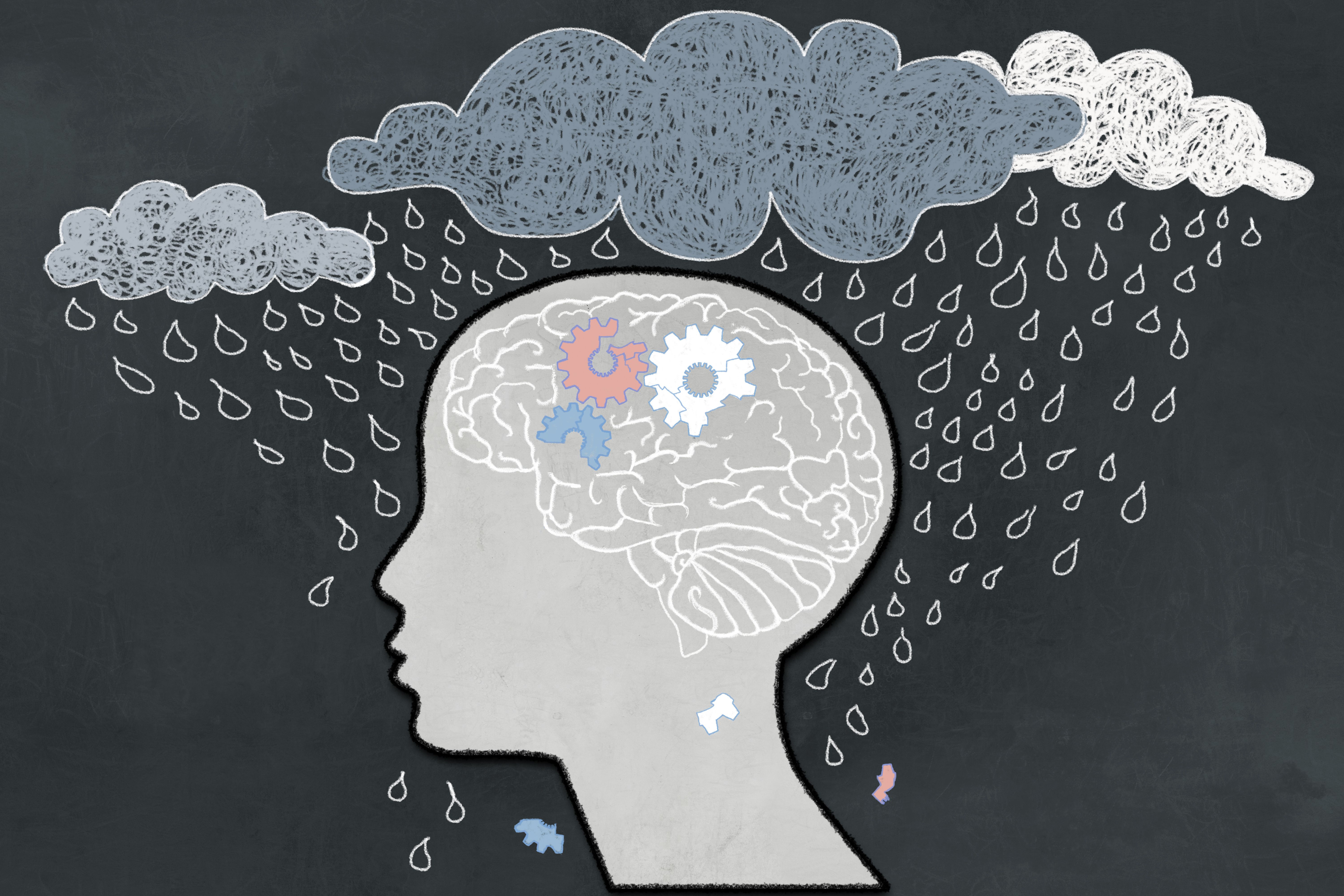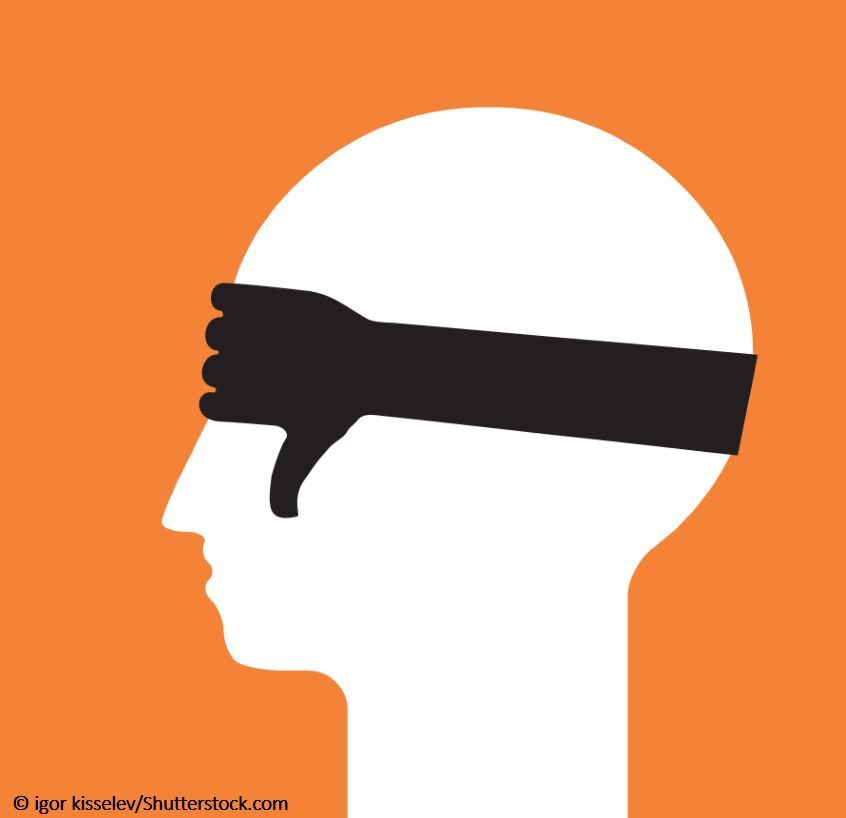Article
DSM-5 Badly Flunks the Writing Test
Author(s):
Some believe that DSM-5 is filled with glaring mistakes in wording and coding on nearly every page-including some that will undoubtedly cause great confusion.
There are 2 very different kinds of mistakes that any DSM can make-bad conceptual choices or bad writing. The big conceptual botches in DSM-5 have been discussed extensively elsewhere and won’t be covered again here. These are things like the new diagnoses (eg, Mild Neurocognitive, Disruptive Mood Dysregulation, Binge Eating, Behavioral Addictions) and the reduced thresholds for existing ones (eg, removing the Bereavement Exclusion For Major Depressive Disorder).
Our focus now will be on the fact that DSM-5 is filled with glaring mistakes in wording and coding. The devil often lurks in these very small details. I have learned through painful experience not to underestimate the potential mischief caused by seemingly tiny word changes.
Example-my greatest regret about DSM-IV was our inadvertent substitution of an “or” for an “and” in the criteria set for Paraphilia. This one slip contributed to the unconstitutional preventive detention of thousands of sex offenders. I have no pity for criminals but do have great concern when their constitutional rights are violated just because I made a dumb wording mistake.
Systematic cover-to-cover reading of any DSM-5 to identify all its technical errors would be either cruel punishment or a sure cure for insomnia, or both. I must admit I didn’t have the heart or fortitude or time to do the entire marathon. But even my casual and selective reading of DSM-5 picked up egregious mistakes on almost every page I read-including some that will undoubtedly cause great confusion.
The DSM-5 writing is remarkably amateurish-even more imprecise than I expected and my predictions for it were pessimistic. Here is a sampler:
(1) The wording of the criteria set for Autistic Spectrum Disorder is impossibly muddled, allowing for multiple interpretations that will lead to inherently inaccurate diagnosis. First problem, Criterion A does not specify just how many of its 3 items are required-each rater has to decide for herself whether 1 or 2 or 3 items must be present (DSM-5,p50). Such imprecision is incompatible with reliable diagnosis. Second problem, there is a footnote that allows the substitution of DSM-IV for DSM-5 diagnosis-again at the clinician’s discretion (p51). The diagnosis of Autism was confused enough under DSM-IV; it will now be simply impossible to do accurately in DSM-5. [See my Psychology Today post: Two Fatal Technical Flaws In The DSM 5 Definition Of Autism]
(2) DSM-5 dramatically loosens the definition of ADHD by requiring only the presence of “several symptoms before age 12”-rather than, as in DSM-IV, requiring that the entire syndrome to be present before age 7 (p60). Because so many children show impulsivity, inattention, or hyperactivity as an expectable part of growing up, DSM-5 will increase what is already an excessive and careless diagnosis of ADHD.
(3) Disruptive Mood Dysregulation Disorder offers 4 different and incredibly inconsistent age ranges within just 3 pages of its definition-up to 12 years (page 155), between ages 6 and 18 (p156), before age 10 (p156), and between ages 7 and 18 (p157). This must set a record for crazily inconsistent DSM writing-certainly never seen before and hopefully never to be topped in the future.
(4) Major Depressive Disorder has a footnote added to soften the blow of removing the bereavement exclusion (p161). Unfortunately, the footnote is so vaguely written it provides no guidance to the clinician as to when to diagnose Major Depressive Disorder in someone with mild depressive symptoms that have occurred in reaction to bereavement or other losses. The result will be wild unreliability in MDD diagnosis.
(5) DSM-5 provides no category for Unspecified Mood Disorder. This makes it impossible to diagnose and code the frequently encountered presentations that are not yet clearly unipolar or clearly bipolar.
(6) The writing in the bipolar (p123) and depressive sections (p155) is imprecise and sometimes impenetrable. Both sections clearly require thorough re-editing for clarity and consistency. Just one example-it is unclear how to apply the crucial specifier “melancholic features” to the various disorders in the section.
(7) DSM-5 has introduced the concept of “Other Unspecified” categories and has sprinkled them liberally in most sections of the manual. This encourages clinicians and forensic evaluators to exercise the dangerous kind of idiosyncratic diagnostic creativity that leads to excessive treatment with medication and to mischief in the courtroom. Suggestions that were explicitly rejected for DSM-5 because they were unsafe and/or lacked scientific foundation are given this opportunity for back door re-entry.
(8) DSM-5 creates a new and confusingly heterogeneous category-Persistent Depressive Disorder-that includes the mildest of chronic depressions (“Dysthymia”) and the most severe of Chronic Major Depressions within the same now meaningless diagnostic code (p168).
(9) Intermittent explosive disorder (p466) lacks needed exclusions to rule out the many other much more common causes of violent behavior.
(10) The PTSD A criterion (p271) allows the diagnosis in individuals who merely learn about a traumatic event rather than having to experience it or witness it directly (as in DSM-IV). This may make sense in some clinical situations, but will open a forensic quagmire in determining who is entitled to compensatory damages in civil suits.
(11) Removing the IQ requirement for Intellectual Disability reduces the reliability and precision of diagnosis and will have forensic implications (p33).
(12) The criteria set for Somatic Symptom Disorder (p311) is so loosely written that many individuals with medical illness will be misidentified as being mentally ill. It should at a minimum have included clearer requirements that the distress and dysfunction be far beyond the expectable and that medical and psychiatric causes of distress had been thoroughly ruled out.
(13) Psychological Factors Affecting a Medical Disorder is most certainly not a mental disorder and should have been placed among the V codes to make this clear.
(14) The wording of Mild Neurocognitive Disorder (p605) is so impossibly vague that it includes me, my wife, and most of our friends. It will cause unnecessary worry and a rush to useless and expensive testing.
(15) The text of the Paraphilia section is an ambiguous hodgepodge and will surely be misused in sexually violent predator hearings where every word is given legal spin (p685).
(16) Criterion A of Brief Psychotic Disorder lists the same 4 symptom criteria as in DSM-IV, but requires that at least one be 1, 2, or 3 (p94). Since only 1 criterion is necessary, the 4th item has become completely superfluous.
(17) The mixed feature specifier for depressive disorders begins: “At least 3 of the following manic/hypomanic symptoms are present nearly every day during the majority of days of a major depressive episode.” (p184). This is tautological and inconsistent. Which is it-“nearly every day” or “the majority of days”?
(18) Even before its print has dried, DSM-5 has been forced to make the embarrassing confession that it made mistakes in a number of coding decisions that already require correction. See Coding Corrections for DSM-5 and DSM-5 Desk Reference
Why such an alarming array of amateurish mistakes? DSM-5 had 3 fatal strikes:
(1) it lacked an experienced text editor
(2) the work groups were free to write criteria sets in their own careless way
(3) DSM-5 was rushed to press prematurely because its deadlines had been missed and publishing profits beckoned. There was no time left for adequate central editing and proof reading.
We were told before publication that DSM-5 would be a “living document,” subject to correction. It turns out that this correction needs to begin right now-DSM-5 in its current form is unacceptably imprecise and cries out for an immediate and thorough re-editing. Anything less will lead to confusion in clinical practice, research, forensic work, and to a misallocation of school services and disability benefits.
I have read only portions of DSM-5 and do not plan on reading the rest. Should you find additional mistakes in your own reading, please send them in.
References:
Diagnostic and Statistical Manual of Mental Disorders, 5th Edition (DSM-5). Arlington, Va: American Psychiatric Association; 2013. http://www.appi.org/SearchCenter/Pages/SearchDetail.aspx?ItemId=2555.





